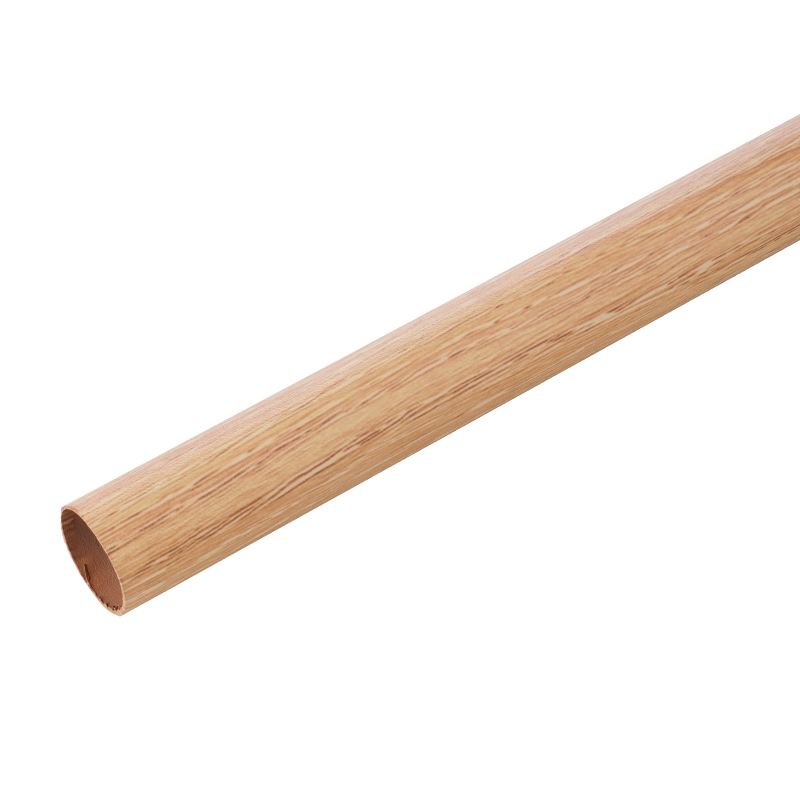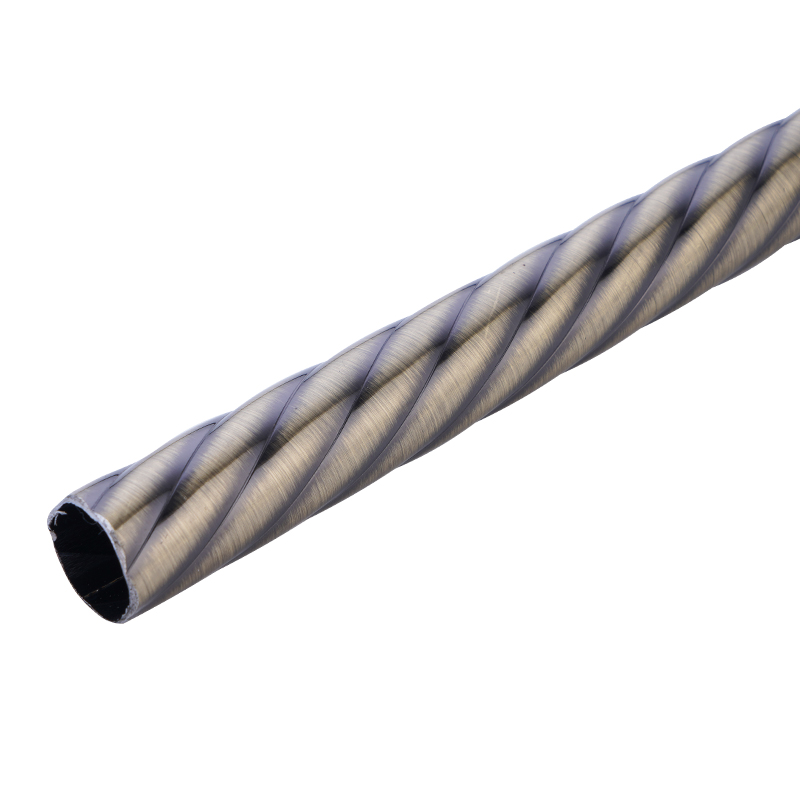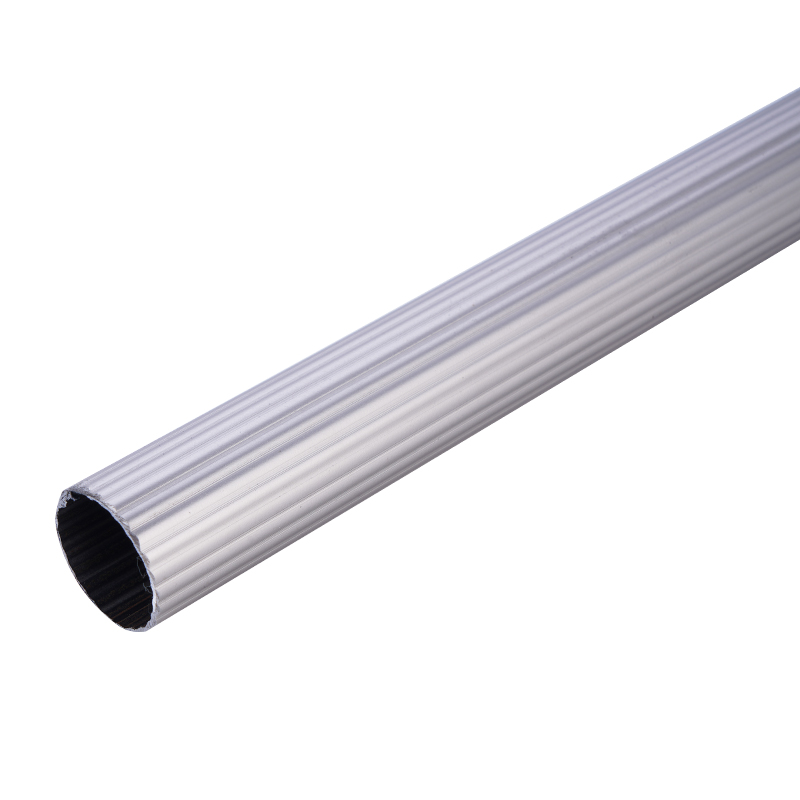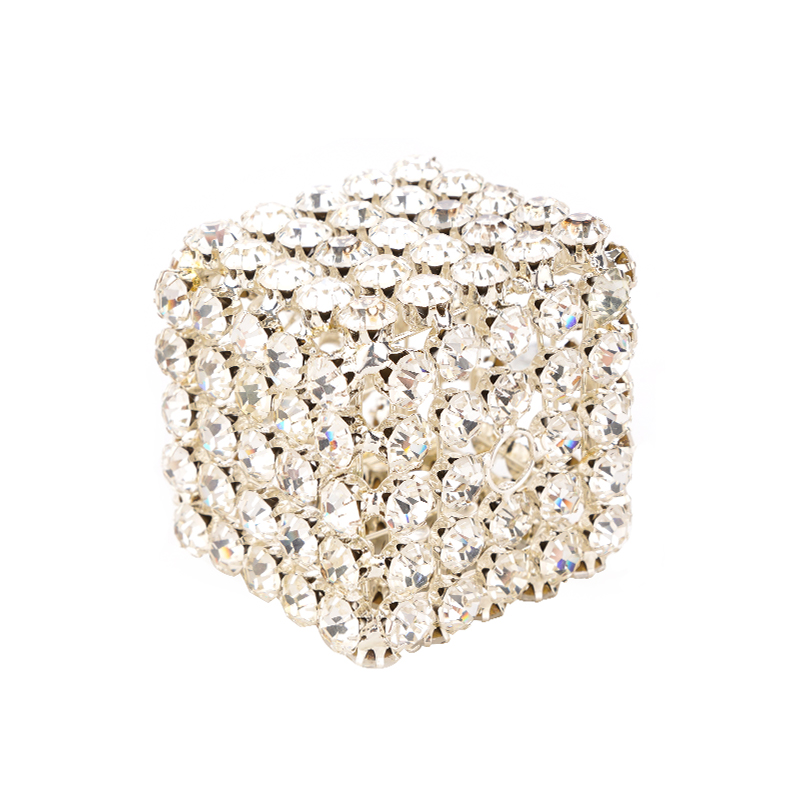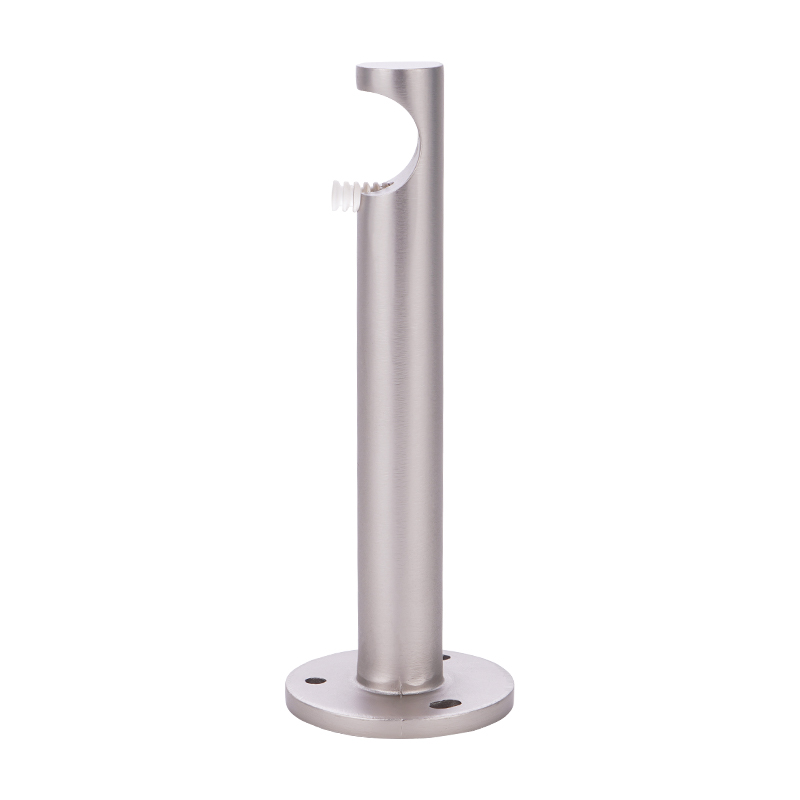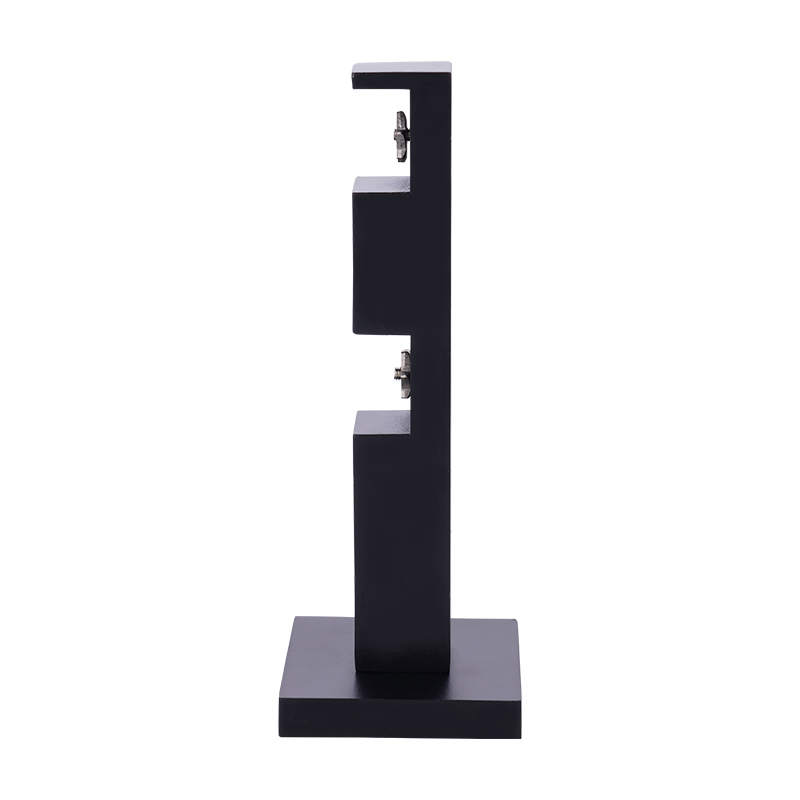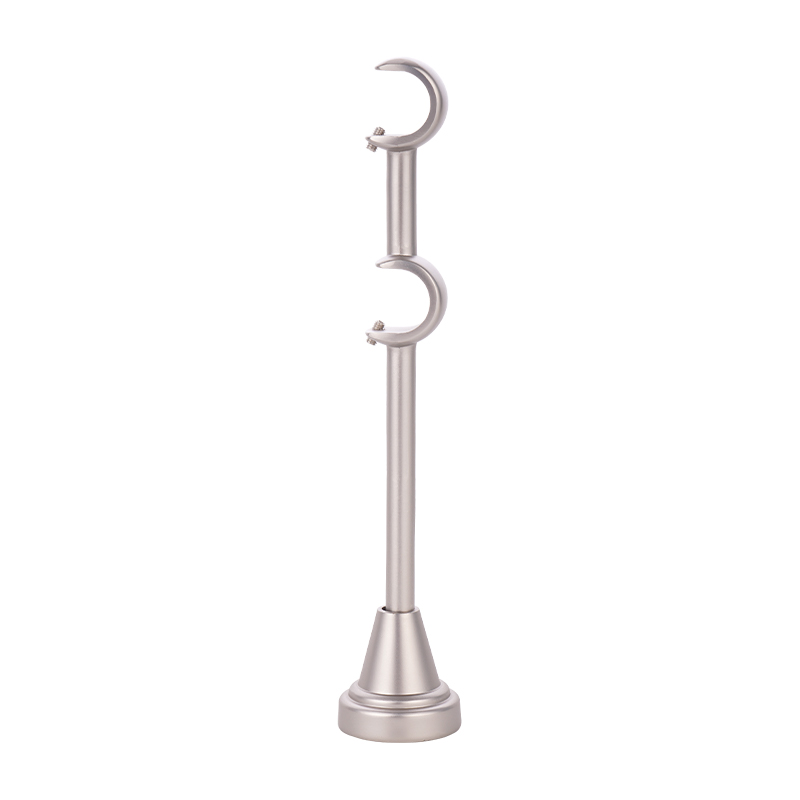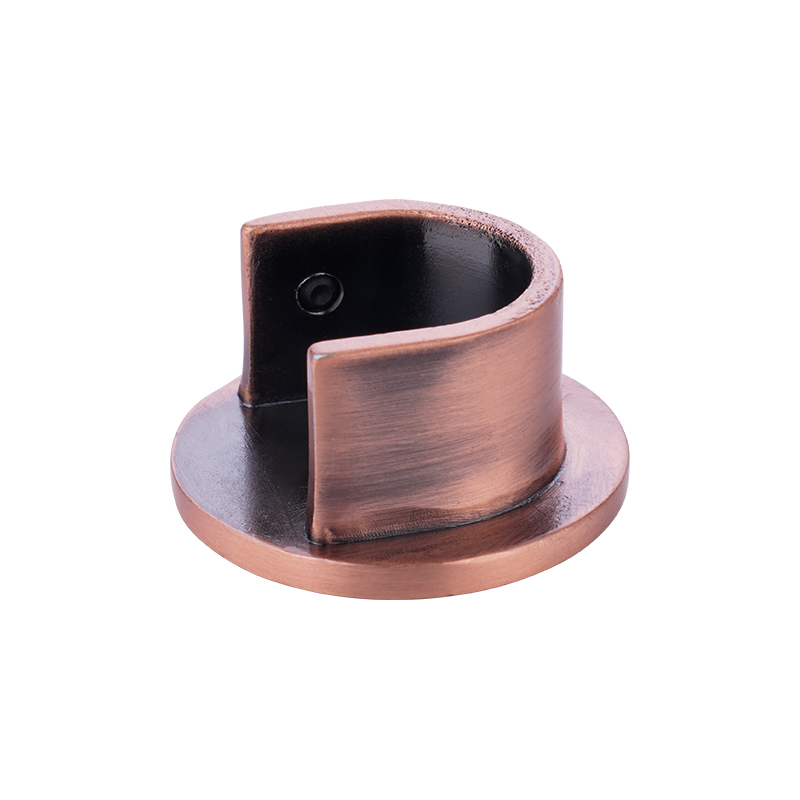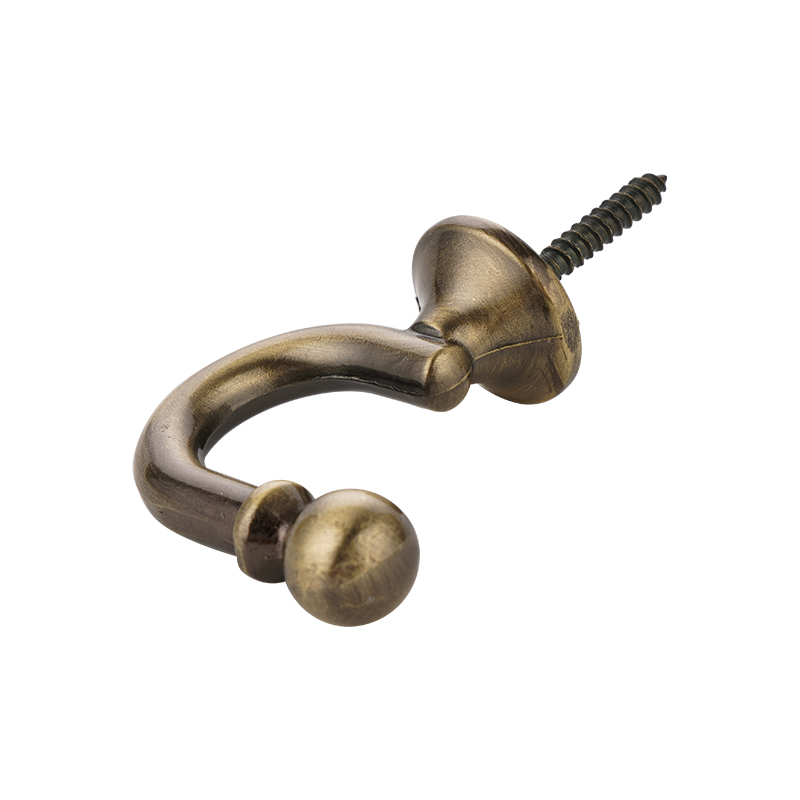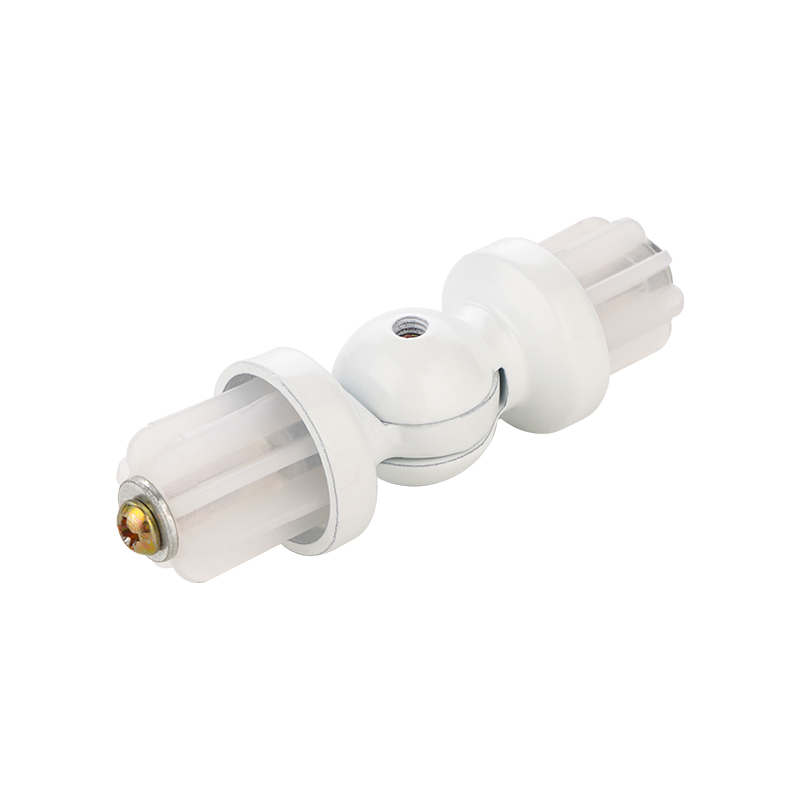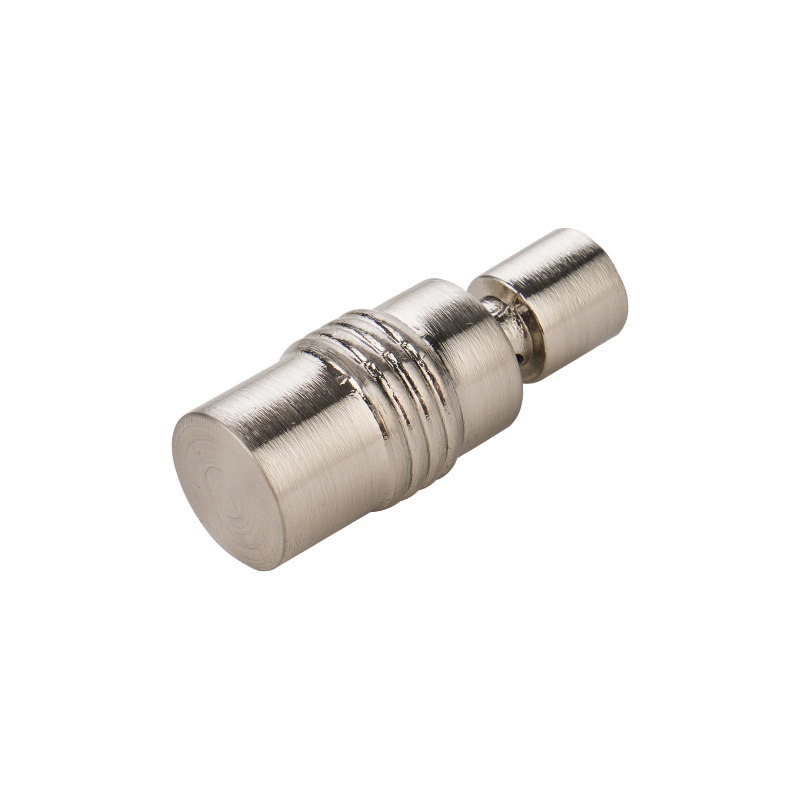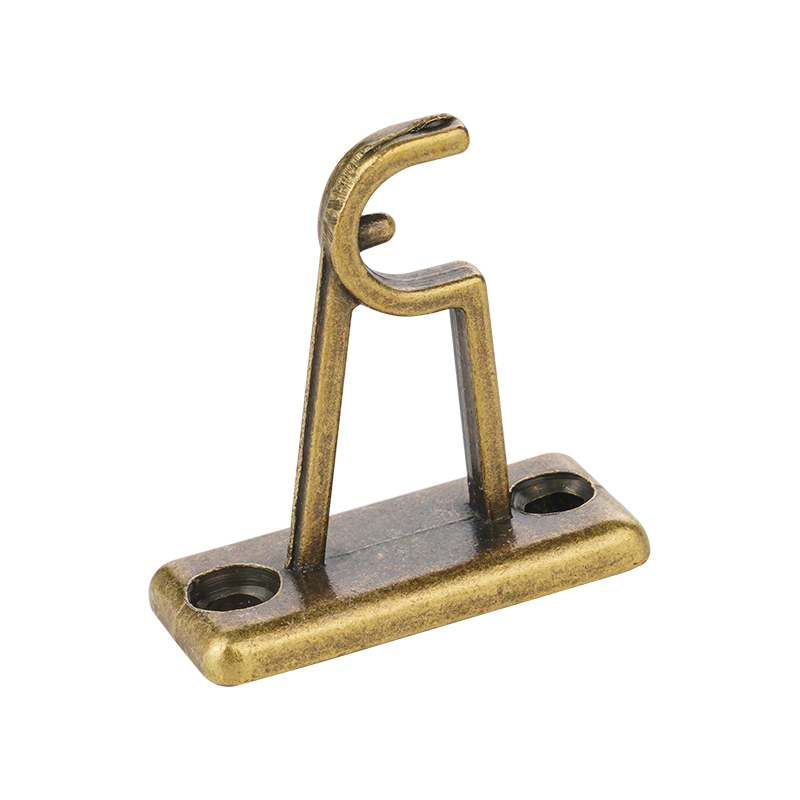Safety Considerations for Children's Room Curtain Hooks
Curtain hooks in children's rooms require special safety considerations compared to standard household fixtures. Manufacturers must balance functionality with child safety, particularly regarding sharp edges and load-bearing capacity. These products typically undergo rigorous testing to ensure they meet safety standards for children's environments where rough play and frequent interaction with furnishings may occur.
Edge and Corner Design Principles
Modern curtain hooks designed for children's spaces incorporate rounded edges and smooth surfaces as fundamental safety features. The design process typically involves radius measurements that exceed standard safety thresholds, ensuring no sharp protrusions exist. Many manufacturers use specialized molding techniques that create gradual curves rather than angular junctions, significantly reducing scratch and puncture risks during active play.
Materials Used in Child-Safe Hooks
The materials selected for children's curtain hooks often include impact-resistant plastics or coated metals that naturally eliminate sharp edges. Thermoplastic polymers are frequently chosen for their ability to maintain structural integrity while being molded into smooth shapes. Some premium versions incorporate soft-touch silicone overlays that provide additional protection against accidental impacts while maintaining the necessary rigidity for curtain support.
Load-Bearing Capacity Standards
Safety regulations for children's room fixtures typically require curtain hooks to withstand forces significantly greater than normal operational loads. Most quality products are engineered to support 3-5 times the weight of standard curtains to account for potential hanging or pulling by children. Manufacturers conduct static and dynamic load testing to verify the hooks won't deform or detach under stress conditions that might occur during play.
Testing Protocols for Safety Compliance
Reputable manufacturers subject children's curtain hooks to multiple safety tests including drop tests, tension tests, and edge sharpness evaluations. Standard procedures might involve using calibrated measuring devices to verify edge radii and automated machines to apply repetitive stress loads. These tests simulate years of use and potential misuse to ensure long-term safety performance in active children's environments.
Installation Considerations for Maximum Safety
Proper installation significantly enhances the safety performance of child-friendly curtain hooks. Manufacturers typically recommend secure mounting into wall studs or using appropriate anchors for drywall installations. Many safety-conscious products include installation templates and specialized hardware to ensure correct placement that maintains both the load-bearing capacity and the protective design features.
Age-Appropriate Design Variations
Safety features in curtain hooks often vary according to target age groups. Products for toddler rooms might emphasize softer materials and larger radius curves, while those for older children could focus more on structural strength. Some manufacturers offer modular systems where hooks can be upgraded as children grow and their interaction patterns with window treatments change.
Maintenance and Long-Term Safety
Regular inspection of children's curtain hooks forms an important part of ongoing safety. Parents should periodically check for material fatigue, loosening of fixtures, or any developing sharp edges from wear. Many safety-certified products include maintenance guidelines specifying when components should be tightened or replaced to maintain optimal safety performance over time.
Industry Safety Certifications to Look For
When selecting curtain hooks for children's rooms, certain certifications indicate compliance with safety standards. Common marks include ASTM International's child product safety standards or regional equivalents like the European EN71 standards. These certifications verify that products have been tested for both mechanical hazards (like sharp edges) and structural integrity under load conditions.
Parental Guidance and Supervision
While well-designed curtain hooks significantly reduce risks, appropriate adult supervision remains important. Educating children about proper interaction with window treatments complements the physical safety features. Many safety advocates recommend positioning play areas away from windows entirely, using the curtain hooks as part of a broader safety strategy rather than the sole protective measure.
Innovations in Child-Safe Fixture Design
Recent advancements in children's curtain hook design include magnetic detachment systems that release under excessive force, preventing fixture damage while protecting children. Other innovations incorporate visual indicators that show when load limits are approached or when maintenance is required. These developments represent ongoing efforts to enhance safety through both passive design and active warning systems.
Comparative Analysis with Standard Hooks
Children's curtain hooks typically differ from standard versions in multiple aspects beyond just edge treatment. The gauge of metal or thickness of plastic is often increased, connection points are reinforced, and the overall design prioritizes safety over minimalist aesthetics. While standard hooks might support similar weights, child-specific versions are engineered to maintain safety under unpredictable dynamic loads.
Cost Considerations for Safety Features
The additional engineering and materials required for child-safe curtain hooks typically result in moderate price increases compared to standard fixtures. However, many safety advocates consider this a reasonable investment given the reduced risk of injury. Some manufacturers offer tiered product lines with varying safety feature levels to accommodate different budget considerations while maintaining core protections.
Environmental Factors in Safety Performance
Environmental conditions can affect the long-term safety performance of children's curtain hooks. Quality products are tested for material stability under various temperature and humidity conditions common in children's rooms. UV-resistant materials prevent degradation from sunlight exposure that could potentially create sharp edges or weaken structural integrity over time.
